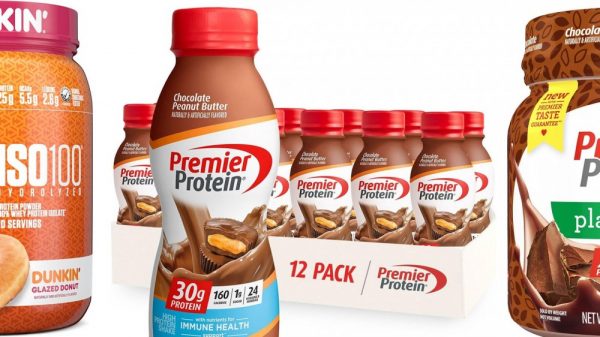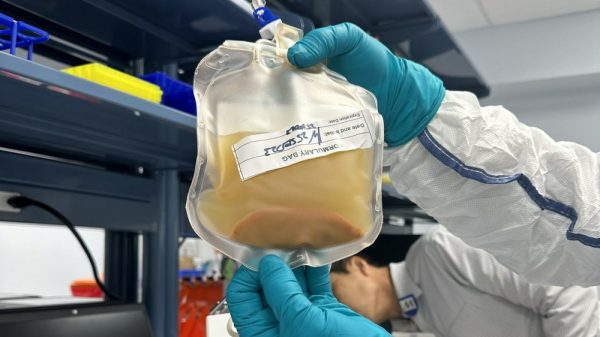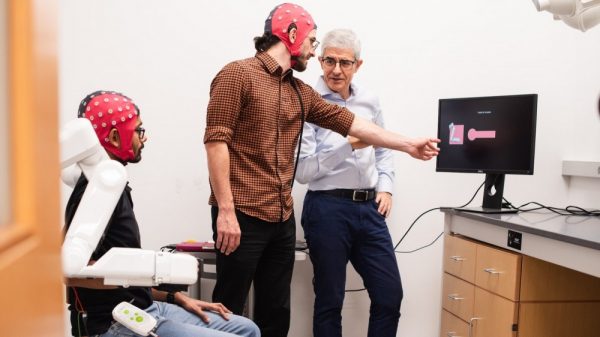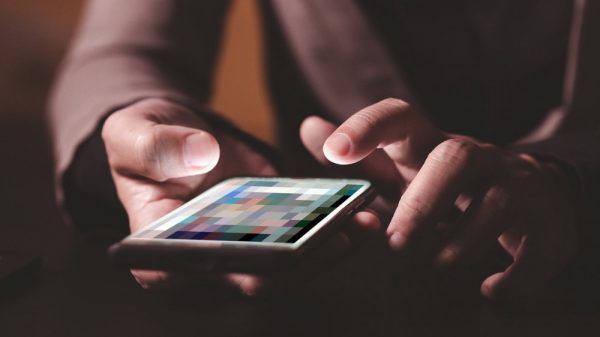Right now, many Americans are watching rising COVID-19 cases across Europe and wondering if recently relaxed mitigation strategies could cause a similar increase in the States. That also means right now is a great time to order the handful of free at-home COVID tests the federal government is holding for you. It’s always best to prepare ahead of a potential threat, especially if that preparation is free.
Since the White House kicked off the program in January, the Postal Service has delivered more than 270 million tests, and it’s ready to ship hundreds of millions more. Every residential address in the US, Puerto Rico and other US territories, and those linked to overseas military and diplomatic personnel, can request two shipments of four individual rapid antigen COVID tests, so you can get more even if you ordered one set earlier this year.
How to order free at-home COVID tests
Placing your order for tests is easy: Go to the special USPS website, enter your name, provide your shipping address (even if it’s a residential P.O. box), and hit Check Out Now under the order summary that confirms the delivery is entirely free. You can also provide an email address if you want to get shipment notifications, but you don’t have to.
Those living in multi-family, co-living, or other shared living spaces can order more than the two sets of tests as long as the USPS knows the address houses multiple unrelated families, but may be unable to if the government doesn’t know several families live there. If that happens, you can file a service request or call the USPS help desk at 1-800-ASK-USPS to try to get it fixed.
If you need help placing an order, you can call 1-800-232-0233 any day between 8 a.m. and midnight Eastern Standard Time for assistance in English, Spanish, and more than 150 other languages. There’s also a teletype (TTY) or text telephone number at 1-888-720-7489 and the aforementioned USPS help desk.
People with disabilities can call the disability information and access line at 1-888-677-1199 between 9 a.m. and 8 p.m. EST, Monday through Friday, or email [email protected].
When to expect delivery
Initially, shipment was fairly slow—I placed my order on January 19 but didn’t get a shipment notification until February 25 (they arrived that day). Now, shipment should be faster—White House testing coordinator Tom Inglesby told NPR in early March that tests should go out immediately.
All tests sent to continental US addresses will ship with First Class Package Service, and all other addresses will get them via Priority Mail, both of which have a typical delivery time of one to three days. Still, the USPS website says tests may take as long as 12 days to arrive.
[Related: The Postal Service helps keep millions of Americans alive and well]
If you provide an email address when you order, you will get shipping notifications and can track the package on the USPS website. You can’t pick the tests up anywhere, even your local post office—they will always come to the address you provided, the agency says.
When to take a test
When you receive your tests, the package will display an expiration date, but if you got CareStart’s home antigen tests (you can’t choose which manufacturer’s tests you receive), these are good for three months after the date on the box, the USPS says. This follows a Food and Drug Administration decision granting manufacturer Access Bio’s request to update the tests’ shelf life to nine months when stored between 1 and 30 degrees Celsius (34 to 86 degrees Fahrenheit). The FDA said the information provided per Access Bio’s ongoing studies supported the request.
As long as your tests haven’t expired, the government recommends you take them if you begin having COVID symptoms like a fever, sore throat, runny nose, or loss of taste or smell; at least five days after you are in close contact with someone who has since tested positive for COVID; or before you gather with a group, especially if that group includes people at risk of severe disease or who aren’t up to date on their vaccinations (keep in mind that you may not know who’s at risk, either).
How to take a test
Each test kit comes with directions for how to use it, and they all involve swabbing the inside of your nose. You should get results within 30 minutes and you won’t have to leave your home. If you don’t follow the instructions, the result could be wrong. For visual learners, the Centers for Disease Control and Prevention has a how-to video, and it also has one for people who use American Sign Language.
How to interpret test results
Your test will also tell you how to interpret the results, and what to do afterward, but if you test positive you very likely have COVID. You should follow the CDC’s latest guidance, which suggests you isolate for at least five days, even from people in your home. You may also want to talk to your doctor, and definitely should if you have a weakened immune system, other health conditions like cancer and diabetes, or increased risk due to a factor like smoking or obesity, the government says.
If the results come out negative, the test didn’t find COVID in your body, and you might have a lower risk of spreading the disease. It’s worth noting that these at-home antigen tests generally aren’t as accurate as PCR tests, for example, which are processed by laboratories, so if you think you got a false negative, the government suggests testing again within a few days, leaving at least 24 hours between tests.
Again, for visual learners, the CDC has a video about how to interpret results, including individual ones in ASL for understanding positive and negative results.
Share this content:















Post Comment